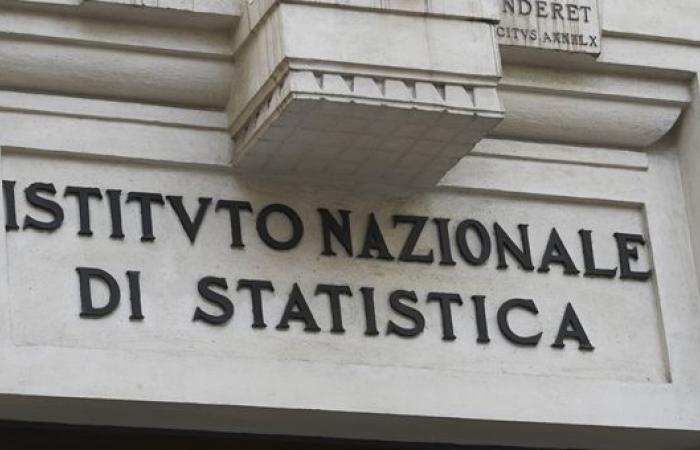(Teleborsa) – In 2022, of the 8,131 public and private libraries present throughout the national territory, almost eight out of 10 (77.0%) are for public reading, that is, they carry out a function mainly oriented towards the local community of their territory. Almost all (92%) are managed by local authorities. This is what emerges from the focus “Public reading libraries in Italy” released by Istat which also notes how public libraries preserve and make accessible to users a quantifiable heritage in 166 million 950 thousand units; over half of the libraries (59.9%) have more than 10 thousand volumes. Compared to the previous year, in 2022 the library holdings increased by 6%.
From the focus it emerges that the largest share of public libraries is located in the North (60.2%), followed by the South (27.2%) and the Centre (12.6%).The top five Regions by number of structures present in the area are: Lombardy, Piedmont, Veneto, Emilia-Romagna and Sardinia.
Overall, there are approximately three libraries per 100 km2 , with an average of one for every 8,500 inhabitants. Two out of three Italian municipalities (66.3%) have at least one public reading library. Half of the structures are in small and very small municipalities, with a population of less than 5 thousand inhabitants; 32.5% are in medium-sized municipalities, from 5 to 30 thousand inhabitants.
In the 2022 more than half of public libraries (57.5%) were open to users for approximately 200 days over 252 working days; the majority (84.8% of the total) provided service to the public with pre-established hours for 4 or 5 days a week (52.0%).
It is also highlighted that a Given greater financial resources available, almost a third of libraries would promote activities aimed at involving the local area (30.3%) and would organize cultural meetings and events to expand the cultural offering (29.2%). The libraries most oriented towards interacting with the territory are those of the smaller municipalities, with up to 10 thousand inhabitants.
Among other evidence: a third of Italian municipalities (33.7%) do not have any library, whether public or otherwise. The majority of these municipalities are located in the belts of large centers and intermediate areas (69.7%) while the remaining 30.3% is in a peripheral or ultraperipheral position with respect to the urban centers, rich in services and infrastructures.



